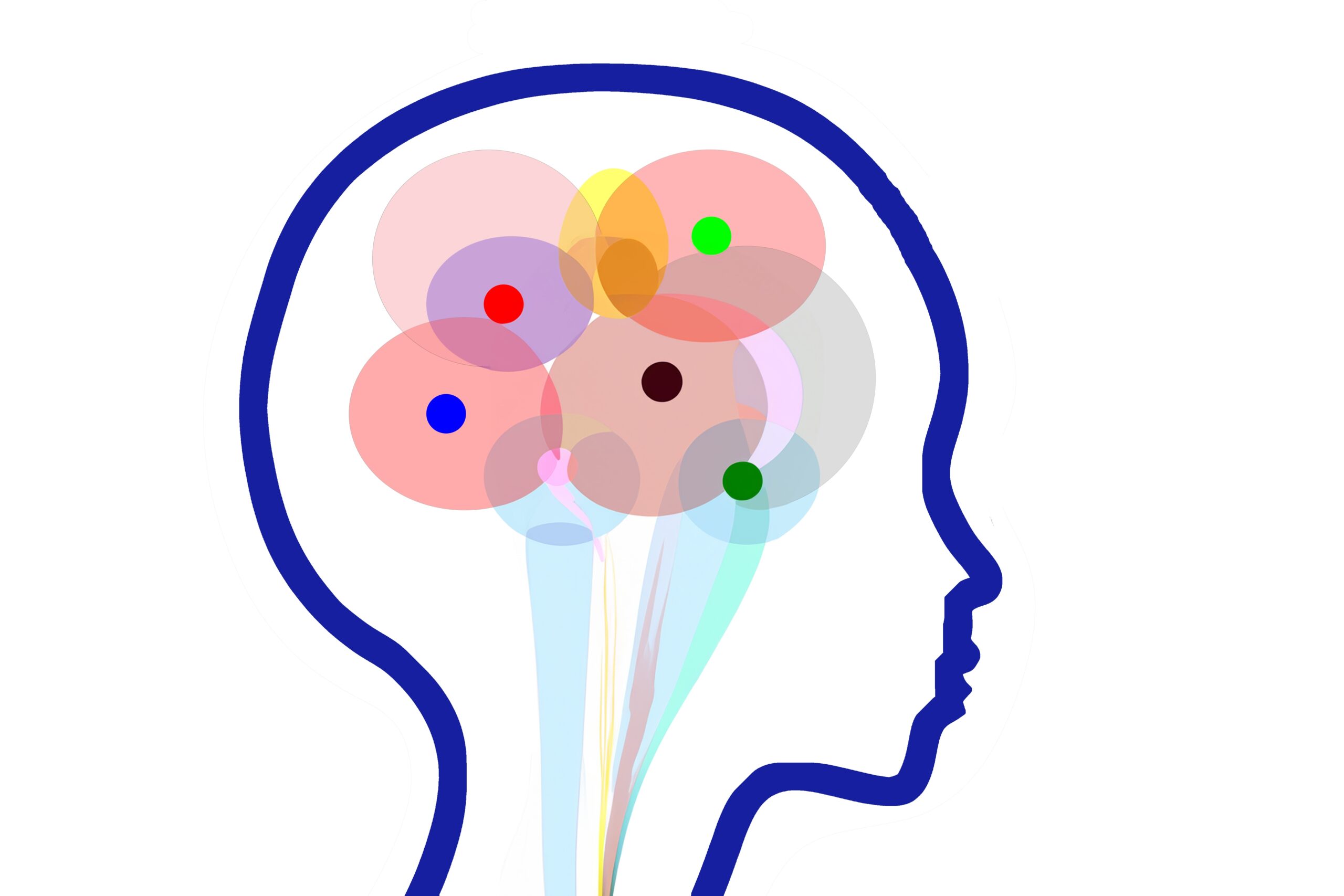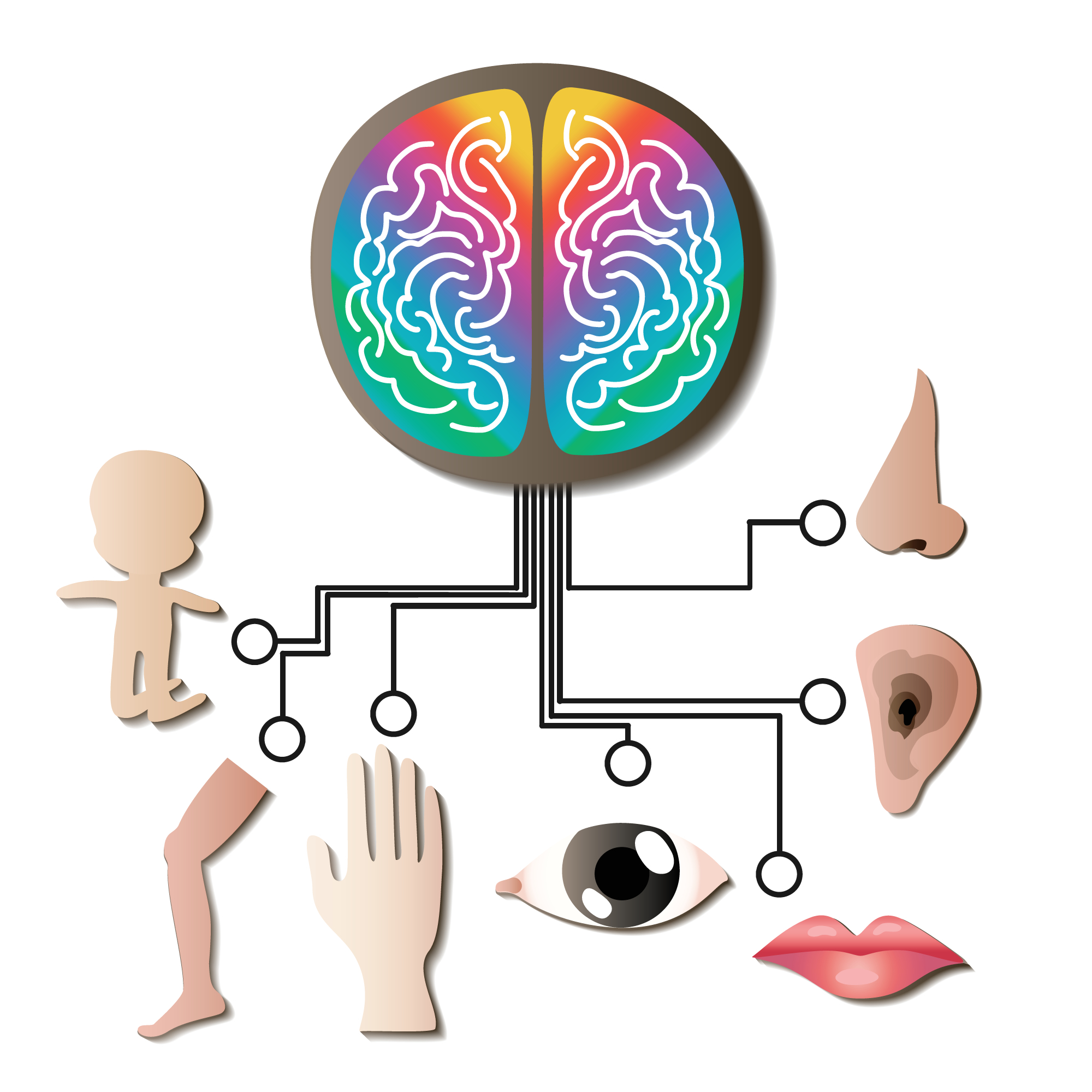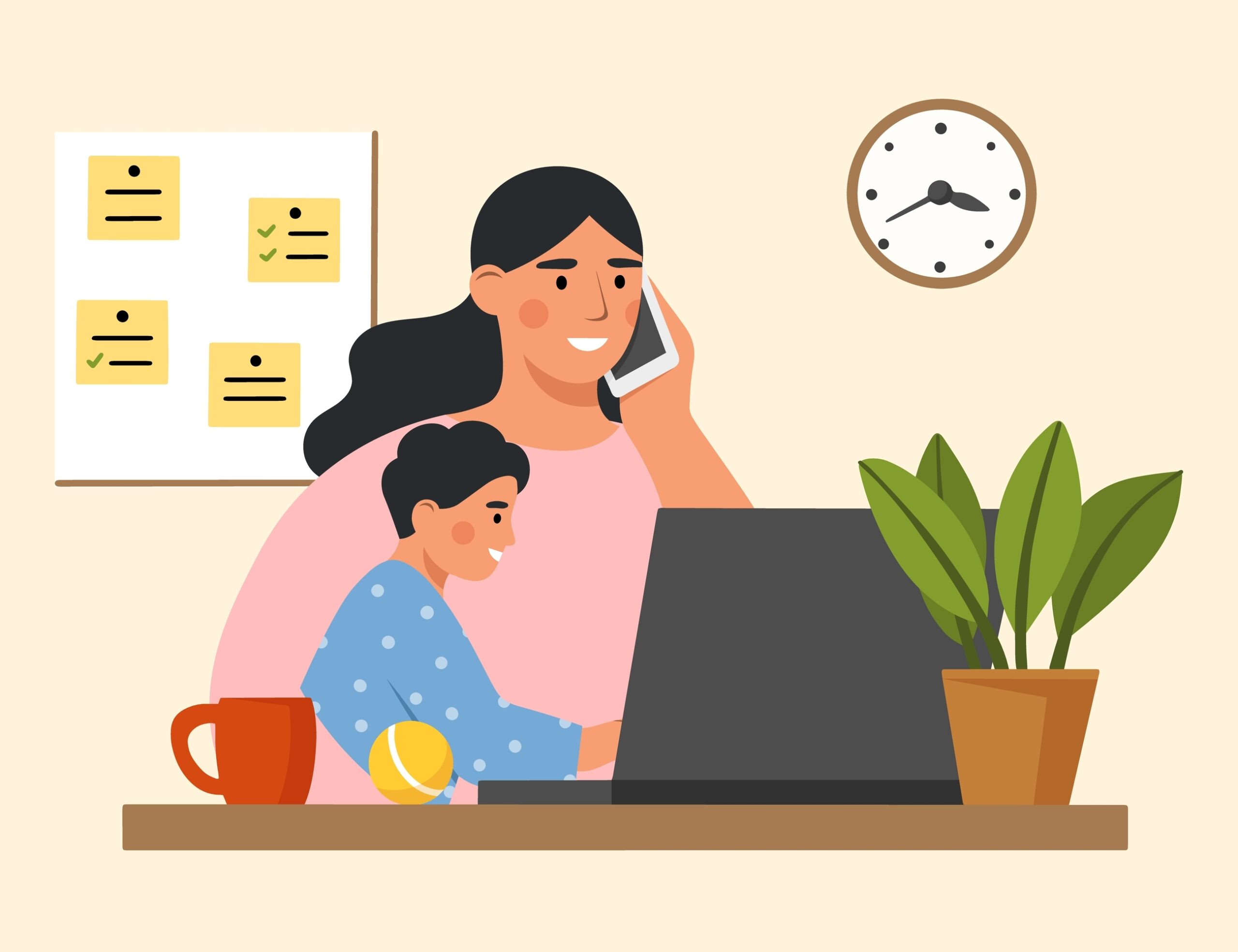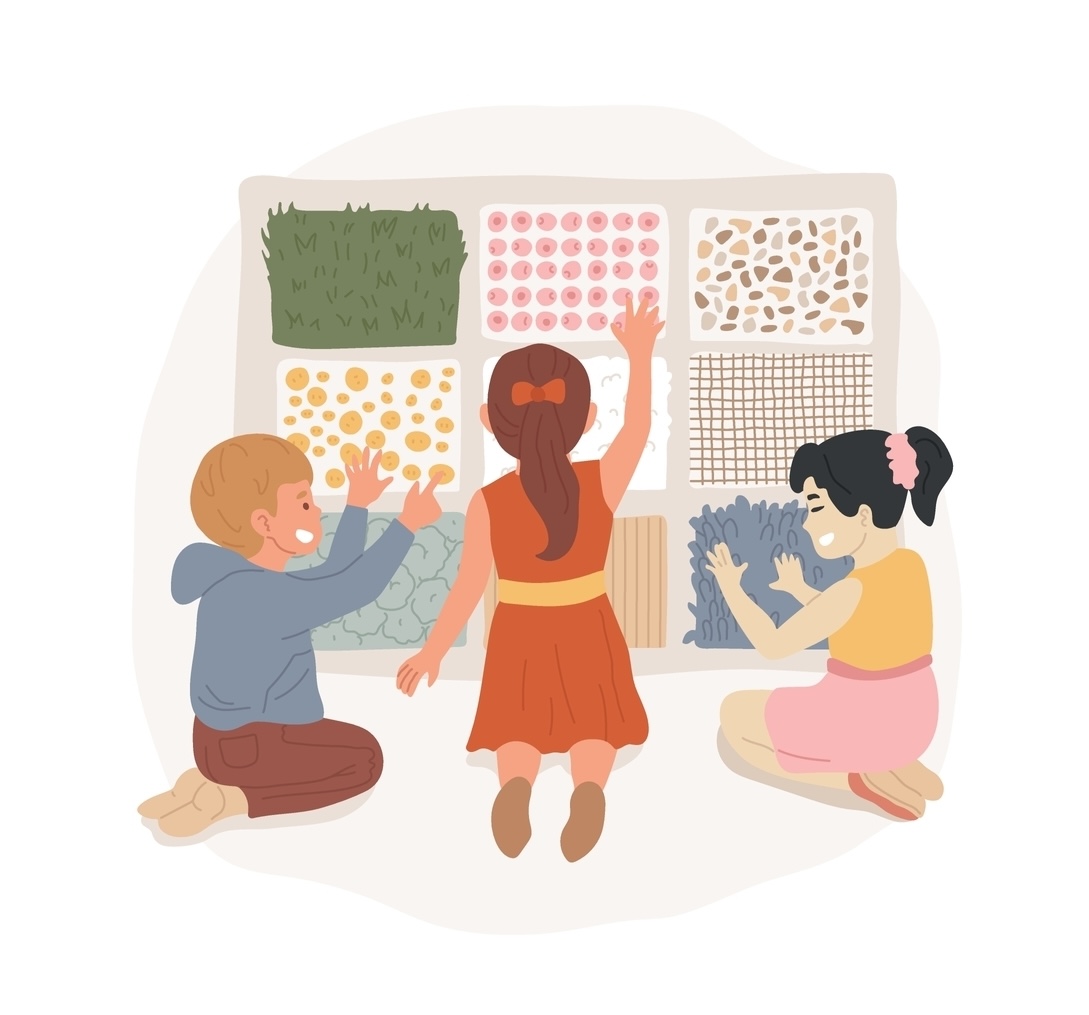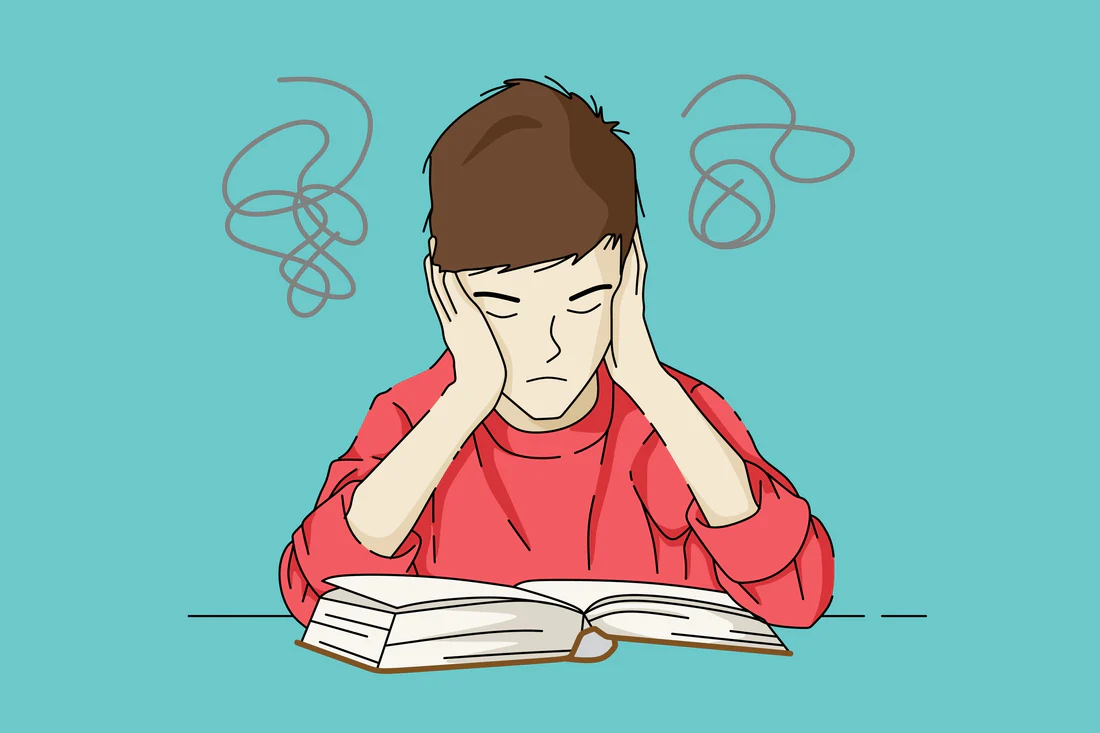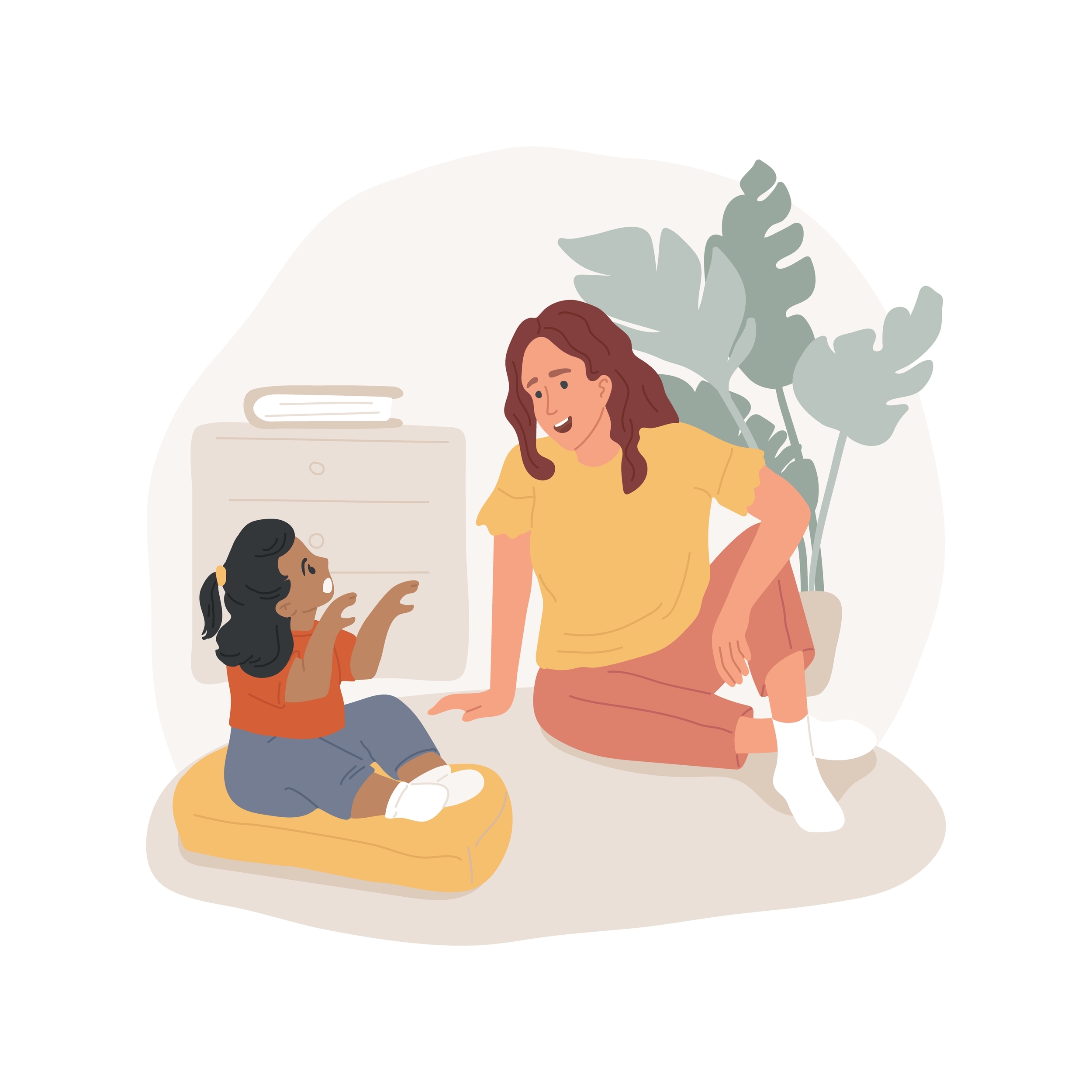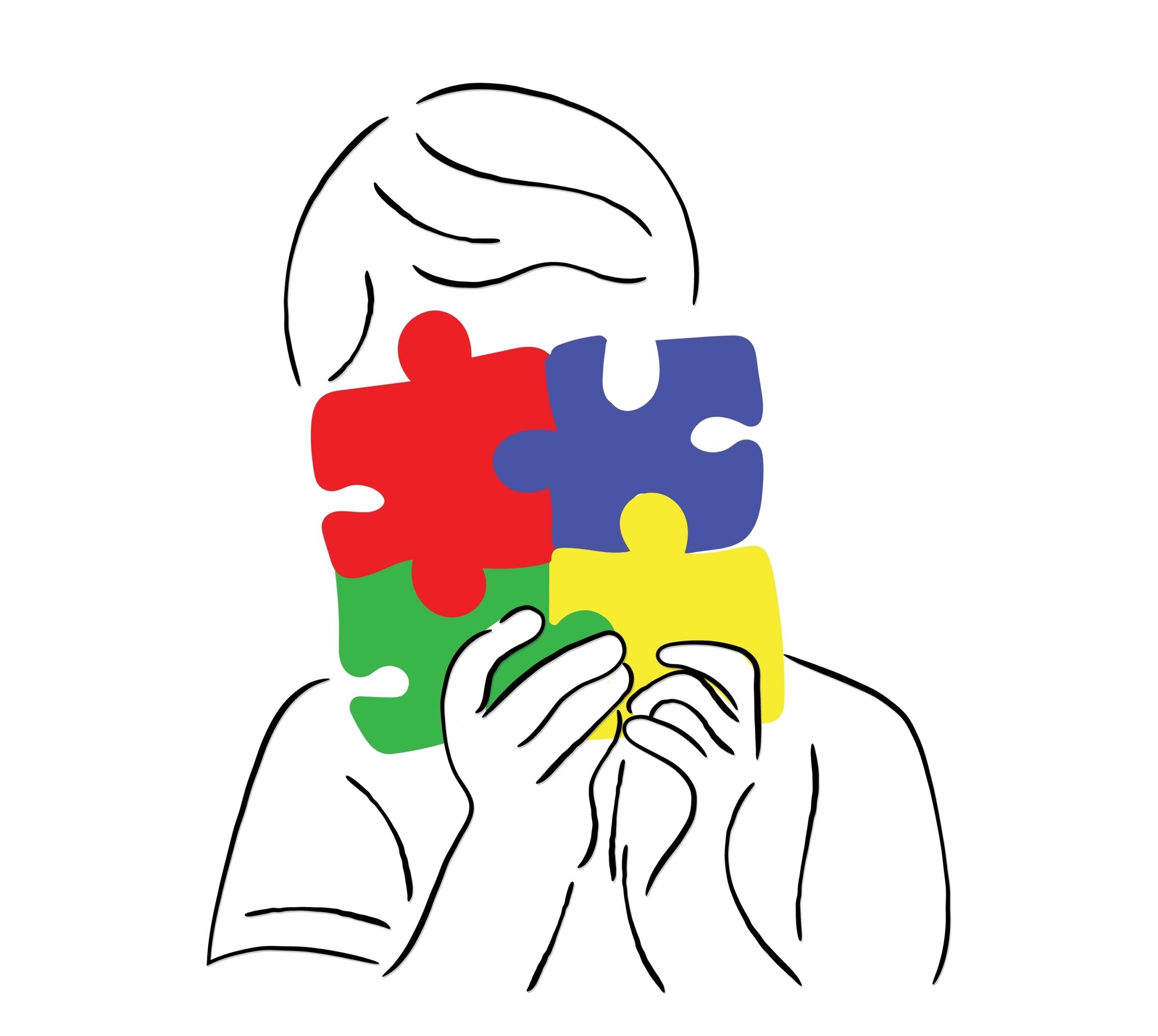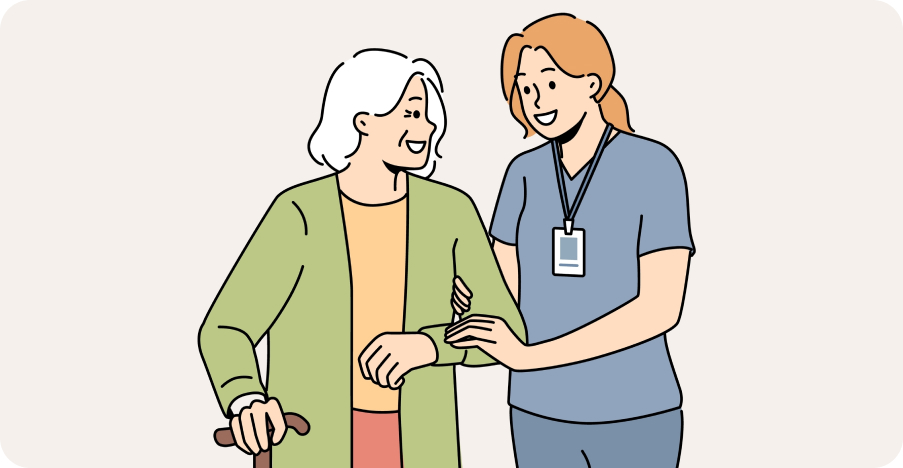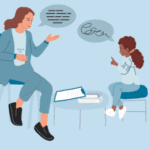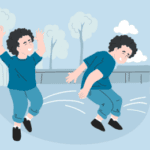
Blog
Vestibular Exercises for Balance Disorders
Author: DrSensory
July 19, 2025
Vestibular Exercises for Balance Disorders
Feeling steady on your feet is something most people take for granted. We walk, run, turn, and stand without giving it a second thought. But when your internal sense of balance is disrupted, even the simplest movements can become a challenge, triggering dizziness, vertigo, and a disorienting feeling that the world is spinning. This loss of stability can be both frightening and debilitating, significantly impacting your quality of life.
These sensations are often linked to the vestibular system, a complex network in your inner ear responsible for maintaining your equilibrium. When this system isn’t working correctly, it can lead to a range of balance disorders. The good news is that targeted exercises, known as vestibular rehabilitation therapy (VRT), can help retrain your brain and body to regain stability and confidence.
This guide will explain what vestibular disorders are, help you recognize the signs that you might need therapy, and provide simple exercises you can try at home. We will also cover when it’s essential to seek professional guidance from a physical therapist to get back on solid ground.
What Are Vestibular Disorders?
Your vestibular system is your body’s internal navigation system. Located in the inner ear, it works with your eyes and sensory nerves to send constant information to your brain about your head’s position and movement. This allows you to maintain balance, stabilize your head, and keep your vision clear as you move. A vestibular disorder occurs when disease or injury damages this system, leading to conflicting signals being sent to the brain.
This confusion can result in a wide array of symptoms, from mild, occasional dizziness to severe, constant vertigo. The brain struggles to interpret the mismatched information, leaving you feeling unsteady and disoriented.
Some of the most common vestibular disorders include:
- Benign Paroxysmal Positional Vertigo (BPPV): This is one of the most frequent causes of vertigo. It happens when tiny calcium crystals (otoconia) in one part of your inner ear become dislodged and move into another part. Certain head movements trigger intense, but brief, spinning sensations.
- Meniere’s Disease: A chronic condition that affects the inner ear, Meniere’s disease causes episodes of vertigo, ringing in the ear (tinnitus), hearing loss, and a feeling of fullness or pressure in the ear.
- Vestibular Neuritis and Labyrinthitis: These conditions are caused by inflammation, usually from a viral infection. Vestibular neuritis affects the nerve that connects the inner ear to the brain, causing vertigo but no hearing loss. Labyrinthitis affects both the nerve and the labyrinth of the inner ear, resulting in vertigo and changes in hearing.
- Persistent Postural-Perceptual Dizziness (PPPD): This is a long-term condition where individuals experience a persistent sensation of unsteadiness or non-spinning dizziness, often triggered by an initial vestibular event.
Signs You May Need Vestibular Therapy
The symptoms of a vestibular disorder can be subtle or severe, constant or intermittent. Because they can overlap with other medical conditions, it’s important to pay attention to the specific patterns of your symptoms. If you regularly experience any of the following, vestibular therapy could be beneficial.
Key signs to watch for include:
- Vertigo and Dizziness: A feeling that you or your surroundings are spinning (vertigo) or a general sense of lightheadedness and unsteadiness (dizziness).
- Balance Problems: Difficulty walking in a straight line, frequent stumbling, or needing to hold onto walls or furniture for support. This might be worse in the dark or on uneven surfaces.
- Visual Disturbances: Trouble focusing your eyes or a sense that objects are jumping or bouncing, especially when you are moving your head.
- Nausea and Vomiting: The disorienting signals can trigger feelings of motion sickness, leading to nausea.
- Disorientation: Feeling “off” or having a foggy-headed sensation, as if you are disconnected from your environment.
- Anxiety and Avoidance: You may start to feel anxious in busy places like grocery stores or avoid activities you once enjoyed for fear of triggering symptoms.
These symptoms can significantly disrupt daily life, making it hard to work, drive, or even walk around your home safely. If they persist, it’s a clear signal that your body needs help recalibrating.
5 Simple Vestibular Exercises to Try at Home
Vestibular rehabilitation therapy works on the principle of neuroplasticity—the brain’s ability to adapt and form new connections. These exercises help your brain learn to compensate for the faulty signals from your inner ear by relying more on information from your eyes and body.
Important Note: Before starting any new exercise program, consult with a healthcare professional. You should perform these exercises in a safe environment, with a wall or sturdy chair nearby for support. Stop if your symptoms become severe.
1. Gaze Stabilization (VOR Exercise)
This exercise helps improve your ability to keep your vision stable while your head is moving.
- How to do it: Sit comfortably and hold a small object (like a business card or your thumb) at arm’s length. Keep your eyes focused on the object.
- Slowly turn your head from side to side, as if you are shaking your head “no.” Keep your eyes locked on the target.
- Start with a small range of motion and gradually increase the speed, but only as much as you can while keeping the target in clear focus.
- Repeat for 1 minute. You can also perform this by nodding your head up and down (“yes”).
2. Head Movements with Eyes Closed
This exercise challenges your vestibular system without relying on visual input.
- How to do it: Sit in a sturdy chair.
- Close your eyes and slowly nod your head up and down 10 times.
- Stop, open your eyes, and focus until you feel stable.
- Next, close your eyes and slowly turn your head from side to side 10 times.
- This helps your brain get used to head movements without visual cues.
3. Romberg Stance (and Sharpened Romberg)
This exercise challenges your static balance.
- How to do it: Stand with your feet together, side-by-side. Hold this position for 30 seconds. To make it more challenging, close your eyes.
- Sharpened Romberg: For a greater challenge, stand with one foot directly in front of the other (heel-to-toe). Hold for 30 seconds. Once you are comfortable, try closing your eyes. Be sure to have support nearby.
4. Heel-to-Toe Walking
This exercise improves dynamic balance and coordination.
- How to do it: Find a clear, straight path, like a hallway.
- Walk forward by placing the heel of one foot directly in front of the toes of the other foot.
- Keep your eyes focused on a spot at the end of the hallway.
- Take 15-20 steps. Use the wall for support if needed.
5. Standing with Head Turns
This exercise combines balance with gaze stabilization.
- How to do it: Stand with your feet shoulder-width apart.
- Focus your eyes on a target on the wall in front of you.
- While keeping your eyes on the target, slowly turn your head from side to side.
- Try to maintain your balance without stumbling.
- Perform for 30 seconds. To make it more difficult, stand with your feet closer together.
When to Consult a Physical Therapist
While these home exercises can be a great starting point, vestibular disorders are complex. Self-diagnosing or treating without professional guidance can be ineffective or even unsafe. A physical therapist with specialized training in vestibular rehabilitation can provide a comprehensive evaluation and create a personalized treatment plan.
You should consult a physical therapist if:
- Your symptoms are severe, persistent, or worsening.
- You are unsure of the cause of your dizziness or balance problems.
- You have fallen or feel you are at high risk of falling.
- The home exercises make your symptoms significantly worse.
- You are not seeing any improvement after trying exercises on your own.
A vestibular therapist can perform specific diagnostic tests, such as the Dix-Hallpike maneuver for BPPV, and provide targeted treatments, like canalith repositioning maneuvers (e.g., the Epley maneuver), which can resolve BPPV in just one or two visits. They will design a customized exercise program that is safe and progressive, ensuring you are challenging your system appropriately to promote recovery.
Frequently Asked Questions (FAQ)
❓How long does vestibular therapy take to work?
The duration of vestibular therapy depends on the individual and the underlying condition. For a simple case of BPPV, relief can often be achieved in 1-3 sessions. For more chronic conditions, a program may last 6-8 weeks or longer. Consistency with home exercises is key to a faster recovery.
❓Can vestibular exercises make dizziness worse at first?
Yes, it is common to experience a temporary increase in symptoms when you begin vestibular exercises. This is a normal part of the process as your brain starts to adapt. However, the symptoms should not be severe. A physical therapist can help you find the right intensity for your exercises.
❓What is the difference between dizziness and vertigo?
Dizziness is a general term for a feeling of being lightheaded, unsteady, or woozy. Vertigo is a specific type of dizziness characterized by a rotational or spinning sensation, where you feel like you or the room is moving.
❓Can anxiety cause vestibular problems?
Anxiety and vestibular disorders have a strong connection. A vestibular problem can cause anxiety, and high levels of anxiety can worsen or prolong vestibular symptoms. Vestibular therapy often includes strategies to help manage this anxiety.
❓How can I find a physical therapist who specializes in vestibular rehabilitation near me?
You can ask your primary care doctor or an ENT for a referral. Professional organizations, like the American Physical Therapy Association (APTA), have online directories where you can search for specialists in your area. Look for a therapist with “Vestibular Rehabilitation” listed as a specialty.
related blogs
Your child is constantly moving, crashing into furniture, or having meltdowns in response to seemingly minor things like a loud
Your toddler refuses to wear certain clothes, has huge meltdowns in noisy places, or is an extremely picky eater, limited
Your child seems to miss verbal instructions, struggles to follow conversations in noisy environments, and often asks "what?" even when
On the surface, autism and Ehlers-Danlos syndrome (EDS) might seem like two entirely unrelated conditions. One is a neurodevelopmental condition
The intense head pain begins, lights feel blindingly bright, and every sound seems amplified to an unbearable level. You retreat




